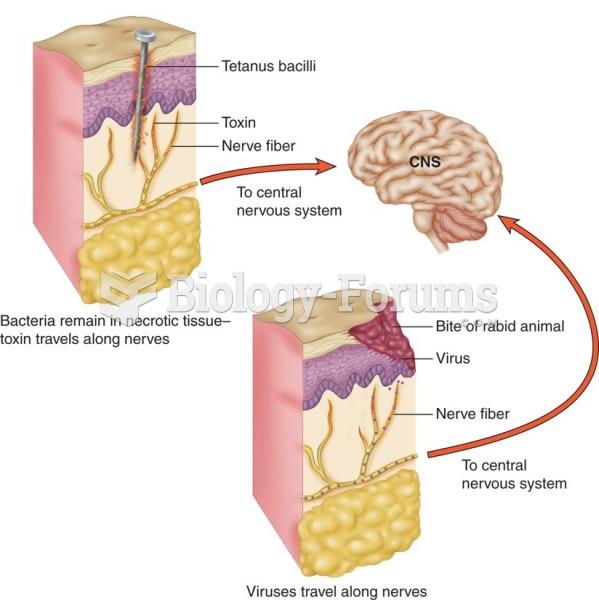|
|
|
Acute bronchitis is an inflammation of the breathing tubes (bronchi), which causes increased mucus production and other changes. It is usually caused by bacteria or viruses, can be serious in people who have pulmonary or cardiac diseases, and can lead to pneumonia.
The newest statin drug, rosuvastatin, has been called a superstatin because it appears to reduce LDL cholesterol to a greater degree than the other approved statin drugs.
In the United States, an estimated 50 million unnecessary antibiotics are prescribed for viral respiratory infections.
After a vasectomy, it takes about 12 ejaculations to clear out sperm that were already beyond the blocked area.
The most common treatment options for addiction include psychotherapy, support groups, and individual counseling.







